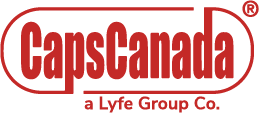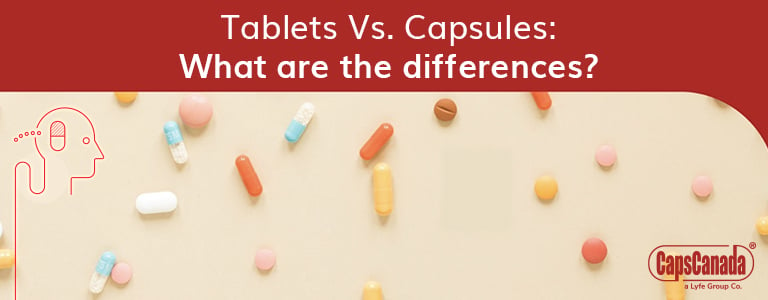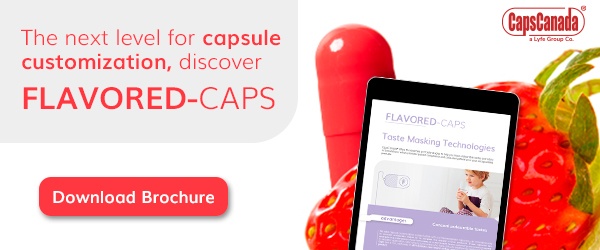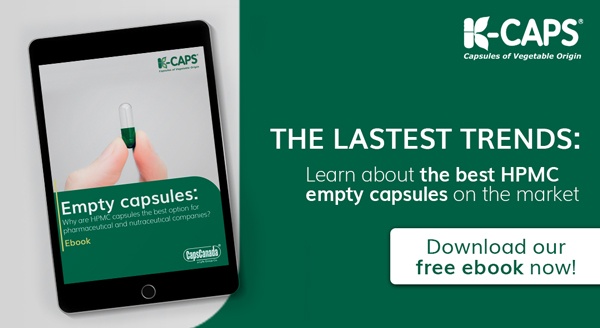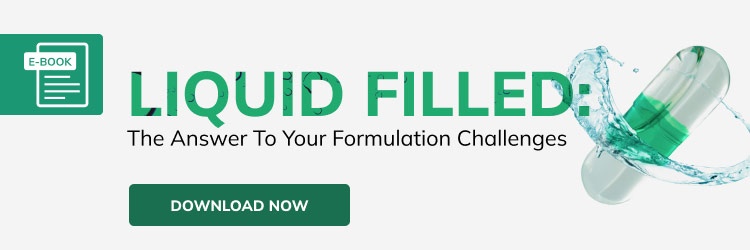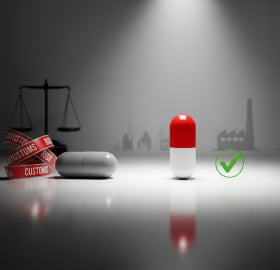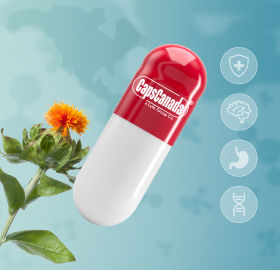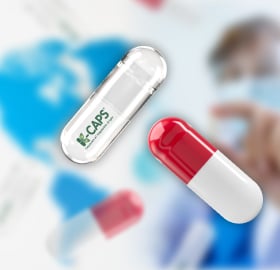What dosage form will you use to deliver your supplement or medication? This important decision, which must be made early in the product development process, affects nearly all aspects of bringing the product to market. For pharmaceuticals, dosage form is frequently based on technical considerations of the medication itself. For nutritional supplements, brands often make the mistake of basing their dosage form decision solely on perceived manufacturing costs, rather than taking a more holistic view.
However, to make a truly informed decision regarding whether tablets or two-piece hard capsules are the best choice for your product, there are five important factors that should be considered:
When deciding between capsule vs tablet for your new product, understanding consumer behavior is essential.
#1: Consumer preference
When comparing tablets to two-piece hard capsules, it’s no surprise that consumers overwhelmingly prefer capsules. After all, capsules are much easier to swallow, and will never disintegrate in the mouth. Capsules mask unpleasant tastes and odors. Plus, because they can be made without binders and excipients, which can irritate the gastrointestinal tract, capsules are also gentler on the digestive system.
Capsules are sealed and protected, which increases their actual and perceived safety. For medications or supplements that can be sprinkled onto food and consumed that way, capsules can be opened to facilitate this.
Because consumers prefer them, capsules can boost compliance—which is very important for the long-term success of the product, whether it is a pharmaceutical or a supplement.
#2: Formulation Flexibility
Two-piece hard capsules offer quite a bit more formulation flexibility. Hard two-piece capsules can:
- Hold powders, pellets or liquids.
- Be used to encapsulate a tablet (to make the tablet easy to swallow) or a mix of fill types.
- Reduce the costs and risks associated with encapsulating highly potent active ingredients (HPAIs).
Containment is a significant issue when HPAIs are in powder form. To reduce risk to personnel, these drugs can be formulated as liquids and then encapsulated as liquid-filled hard capsules. By addressing the airborne risks, this approach also reduces the facility- and equipment-related costs of containment downstream of the compounding step. - Be made with or without binders or other excipients. As already noted, this makes the product easier to digest. Eliminating binders and excipients is also important when consumers want “pure” ingredients, such as when the demand is for “clean label” products.
- Encapsulate fill materials that cannot be made into tablets, such as many of the herbal formulas, hygroscopic or moisture sensitive materials, and ingredients that are heat sensitive or have a low melting point. In this case, the heat from the tablet manufacturing’s compression process can cause the substance to melt.
What are the advantages of tablets from the formulation standpoint? Tablets can:
- Be made in different dosage forms, including standard tablets, chewable, and enteric release.
- Be cut, which is an advantage for those who want to take a smaller dose.
- Pack more filling material into a given amount of space.
- Work with fill materials that cannot be made into capsules, such as those that will cross-link with the capsule material.
#3: Speed to market
When taking new products to market, speed is a critical factor. From the manufacturing standpoint, capsules allow for much faster product development due to faster product formulation and material preparation.
With tablets, formulators must determine the exact mix of active ingredients, binders and excipients that will result in the desired levels of compressibility, hardness, thickness, friability and disintegration. This can be a time-consuming challenge. If new tooling is required, this alone can add another four to six weeks to the process. Once the product is formulated, material preparation for tablet manufacturing is a fairly complex process. More complexity, of course, means more opportunities for things to go wrong.
Keep learning about capsule technology trends...
- Gelatin capsules vs. HPMC capsules: What are the differences?
- Why Liquid-Filled Hard Capsules May Be a Better Option than Softgels
- Flavored capsules: the next customization level
In contrast, a capsule is a ready-made container for the dose. Once the universal factors of flow and lubricity are addressed (“universal” because they are necessary for both capsules and tablets), the product can be sent to manufacturing. Compressibility, hardness, etc. are not an issue here. Once the product is formulated, capsule manufacturing requires less equipment and in most cases requires just three processing steps (weigh, blend, encapsulate).
#4: Manufacturing process
Proponents of tablets are quick to point out machine speed as a benefit of tableting. While it is true that the fastest tablet presses will run more in a day than the fastest capsule fillers, new technology for encapsulation is closing the gap. Additionally, when the process is looked at as a whole, material preparation for tableting is generally much more involved, adding time and cost.
Tablet blends must generally be prepared by either dry granulation (i.e. blending + roller compaction + milling + blending = press ready) or wet granulation (i.e. blending + fluid bed + milling + blending = press ready). Then, after the tablet press, the product still needs to be coated. Each part of the process requires production space and personnel, and represents an opportunity for batch failure. While the tablet press may run more tablets per hour, simplicity and low risk are definitely on the side of encapsulation.
#5: Branding and Marketing
From a branding and marketing perspective, two-piece hard capsules offer significant advantages over tablets. For example, the two-piece hard capsules offered by CapsCanada are fully customizable to promote your brand. You can specify the size, colors (including PMS colors), finish, banding (if desired), printing and even flavor. Plus, CapsCanada does all of this in advance, delivering the empty capsules with all of these brand identity factors in place.
Another important aspect of the unique color options available with capsules is that patients who take multiple pills prefer colored dosage forms as a way to distinguish their medications and supplements. This, in turn, further increases compliance.
Although tablets can also be made in various sizes and can be coated with colors to support their branding, the overall effect is less impactful than what can be achieved with capsules.
Conclusion
If you take a holistic view of your entire product development and marketing process—including formulation, speed to market, branding, and consumer acceptance and compliance—it is clear that capsules offer significant advantages for savvy pharmaceutical and nutritional supplement brands.

